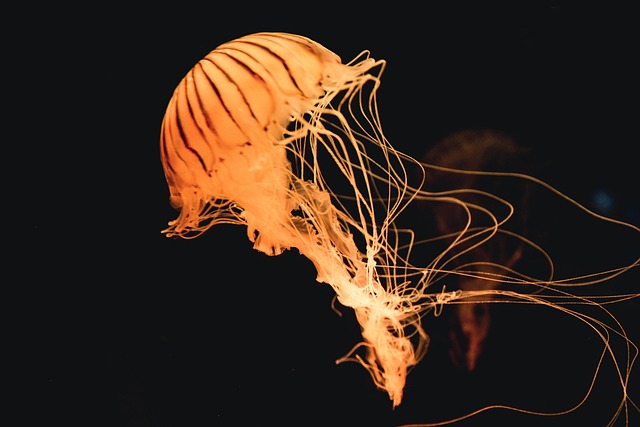
Antarctic Waters
Understanding Antarctic Waters
The Antarctic region, often shrouded in mystery and awe, is home to a unique body of water known as the Southern Ocean. This ocean, which encircles the continent of Antarctica, plays a crucial role in the Earth's climate and marine ecosystems. However, defining its boundaries has been a subject of debate among geographers and oceanographers for years.
Defining the Southern Ocean
The Southern Ocean is generally recognized as the body of water that extends from the coast of Antarctica to the Antarctic Convergence, a dynamic zone where cold, northward-flowing waters from Antarctica meet the warmer waters of the Subantarctic. This convergence is not a fixed line; it fluctuates with the seasons, making the exact definition of the Southern Ocean somewhat elusive. Some experts argue that the Southern Ocean should be treated as a distinct entity, while others consider its waters as extensions of the Pacific, Atlantic, and Indian Oceans.
Historical Perspectives
The concept of the Southern Ocean has evolved over time. In 1835, The Family Magazine introduced the terms "Southern Ocean" and "Antarctick Ocean," delineating them along the Antarctic Circle. The northern boundary was described as lines connecting Cape Horn, the Cape of Good Hope, Van Diemen's Land, and the southern tip of New Zealand. This historical context highlights the ongoing discussions surrounding the classification of these waters.
The Role of the Antarctic Convergence
The Antarctic Convergence is a significant feature of the Southern Ocean. It serves as a natural barrier, separating the cold, nutrient-rich waters of the Antarctic from the warmer, less nutrient-dense waters of the Subantarctic. This mixing of waters creates a rich environment for marine life, supporting diverse ecosystems that thrive in these frigid conditions.
Marine Life in Antarctic Waters
The Southern Ocean is teeming with life, from the smallest phytoplankton to the largest whales. The nutrient-rich waters foster a vibrant food web, supporting species such as:
- Krill: These tiny crustaceans are a keystone species in the Antarctic ecosystem, serving as a primary food source for many marine animals.
- Seals: Various species of seals, including the leopard seal and the Weddell seal, are commonly found in these waters.
- Penguins: Emperor and Adélie penguins are iconic inhabitants of the Antarctic region, relying on the surrounding waters for food.
- Whales: Species such as the blue whale and humpback whale migrate to these waters to feed during the summer months.
The Southern Ocean's unique conditions allow for a rich biodiversity, making it a focal point for marine research and conservation efforts.
Environmental Importance
The Antarctic waters are not only vital for marine life but also play a significant role in regulating the Earth's climate. The Southern Ocean absorbs a substantial amount of carbon dioxide, helping to mitigate climate change. Additionally, the cold waters influence global ocean currents, which are essential for maintaining the planet's climate systems.
Conclusion
As discussions continue regarding the definition and boundaries of the Southern Ocean, its significance remains clear. This unique body of water is a cornerstone of marine biodiversity and a critical component of the Earth's climate system. Understanding and protecting the Antarctic waters is essential for the health of our planet and future generations.

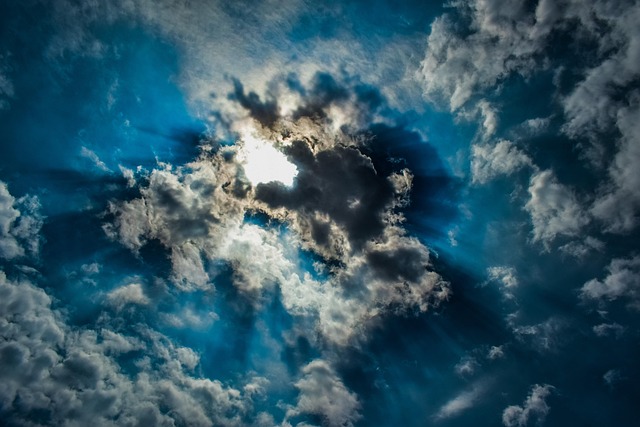



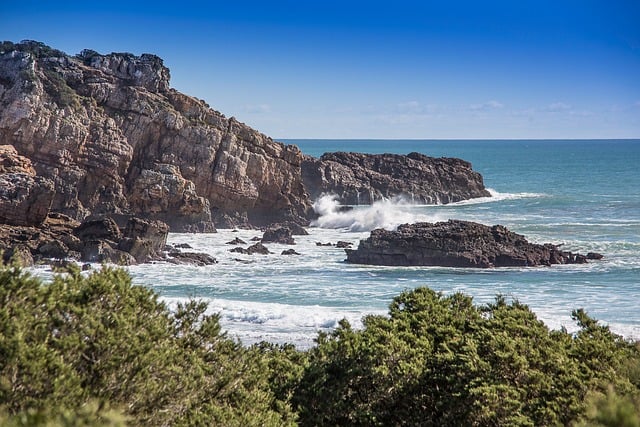

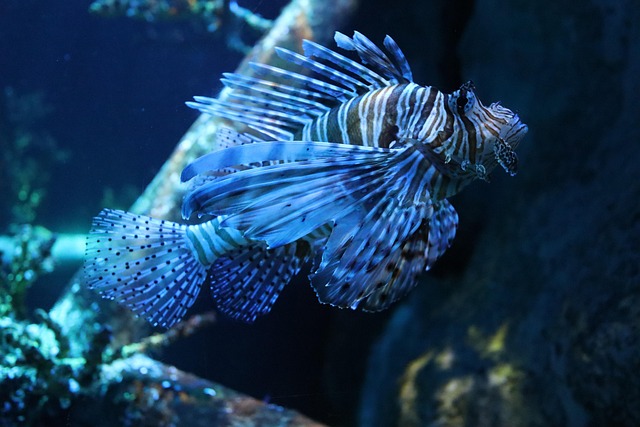




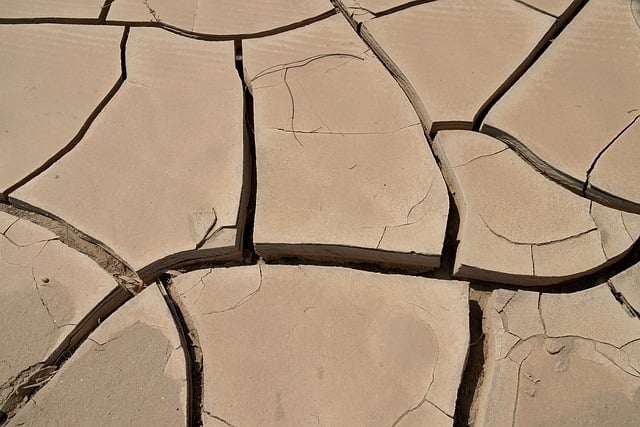




 The Hawaiian Islands: Nature’s Tropical Masterpiece
The Hawaiian Islands: Nature’s Tropical Masterpiece 
 Health
Health  Fitness
Fitness  Lifestyle
Lifestyle  Tech
Tech  Travel
Travel  Food
Food  Education
Education  Parenting
Parenting  Career & Work
Career & Work  Hobbies
Hobbies  Wellness
Wellness  Beauty
Beauty  Cars
Cars  Art
Art  Science
Science  Culture
Culture  Books
Books  Music
Music  Movies
Movies  Gaming
Gaming  Sports
Sports  Nature
Nature  Home & Garden
Home & Garden  Business & Finance
Business & Finance  Relationships
Relationships  Pets
Pets  Shopping
Shopping  Mindset & Inspiration
Mindset & Inspiration  Environment
Environment  Gadgets
Gadgets  Politics
Politics 